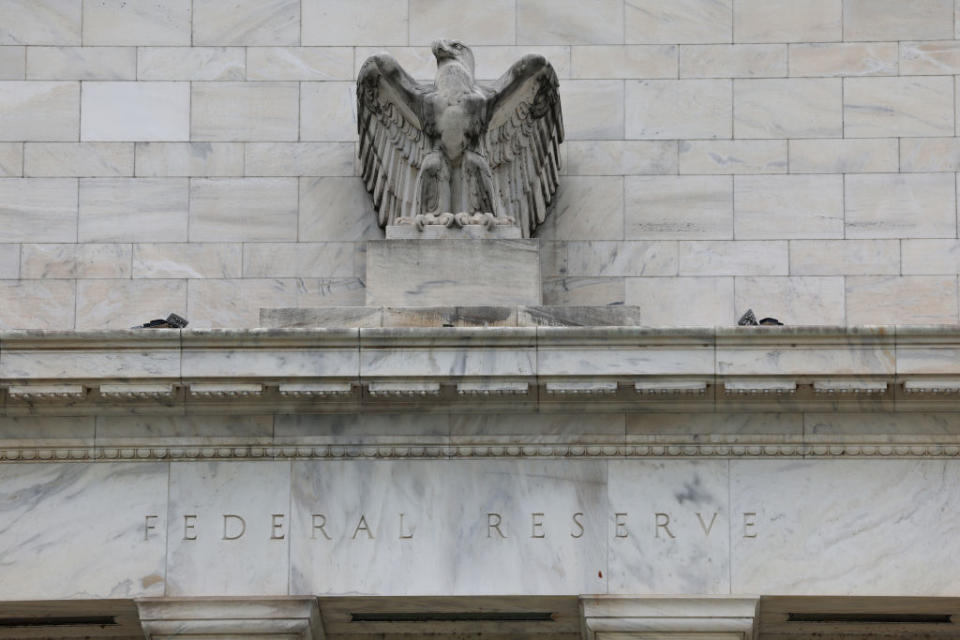US inflation comes in ahead of expectations on higher housing costs

US inflation came in ahead of expectations in January due to elevated housing costs, making it more likely that the US Federal Reserve will wait until the summer to start cutting interest rates.
Figures from the Bureau of Labor Statistics showed the consumer price index (CPI) picked up to 0.3 per cent month-on-month in January. Economists had expected prices to increase 0.2 per cent.
This brought the annual rate of inflation to 3.1 per cent, down from December’s figure of 3.4 per cent but ahead of the 2.9 per cent expected by economists.
Shelter costs, which covers rents and housing costs, increased 0.6 per cent month-on-month, contributing over two thirds of the monthly increase.
Core inflation – which strips out volatile components such as food and energy – remained at 3.9 per cent, slightly higher than markets expected and in line with last month’s reading.
The slightly hotter inflation reading will give the US Federal Reserve more space to wait before starting to cut interest rates.
The Fed left interest rates on hold for the fourth consecutive meeting in January with policymakers pushing back against expectations of any imminent easing in policy.
At the beginning of the year, markets had been almost certain that the Fed would start cutting interest rates in March, but strong growth and a resilient labour market has dampened rate cut bets.
In January, the US added 350,000 new jobs, almost double the 180,000 expected by economists. The strength of the economy gives rate-setters the space to keep interest rates high and bear down on inflation without fear of quashing economic activity.
“With the economy still resilient, the Fed can afford to wait and see,” Janet Mui, head of market analysis at RBC Brewin Dolphin, said.
According to CME’s Fedwatch tool, there is now just a seven per cent chance of a cut in March. This has fallen from a high of over 90 per cent at the end of last year.
Following today’s data, traders are less sure of a May cut too. There is a 60 per cent chance that rates will be left on hold in May, according to CME.
Although inflation came in ahead of expectations, Paul Ashworth, chief North America economist at Capital Economics, noted there was “still plenty of disinflation in the economy” despite the “very suspicious looking” rise in shelter costs.

 Yahoo Finance
Yahoo Finance 